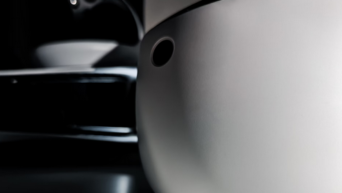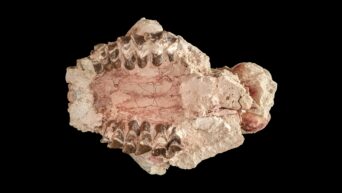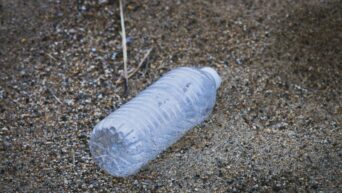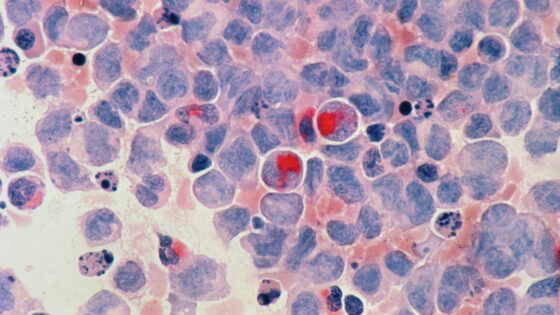D’aww, look it this little wiggler.
Hemiscylliidae, or walking sharks, are already a known thing. Before you freak out, let me clarify that these “walking” sharks don’t “walk” in the same manner as humans, but rather sort of glide and hop along the seafloor. Anyway, there were five confirmed subspecies of Hemiscylliidae in the world, but after a recent discovery, we can crank that number up to nine.
Last week, marine biologists discovered four new subspecies of Hemiscylliidae in the ocean waters near Australia and New Guinea. These little wigglers are a little under a meter long, and have a carnivorous diet consisting of small fish and invertebrates. Don’t worry, they’re completely harmless to humans. They are, however, quite a sizable threat to their prey. These sharks have quite the strong resistance to low-oxygen environments, and their adaptable manner of movement lets them move surprisingly quickly. Crabs and fish had better watch out. These traits are also unique to these particular genus of shark; their closest relative, the bamboo shark, does not share these abilities. This implies that these walking sharks may be a genetically-isolated offshoot from bamboo sharks.
Interestingly, according to researchers’ estimates, these walking sharks are believed to have reach their current evolutionary state around 9 million years ago which, at least in evolutionary terms, is quite recent. This estimate, if true, would make these Hemiscylliidae the youngest genus of shark on the planet. The Muppet Babies of sharks, if you will.
































